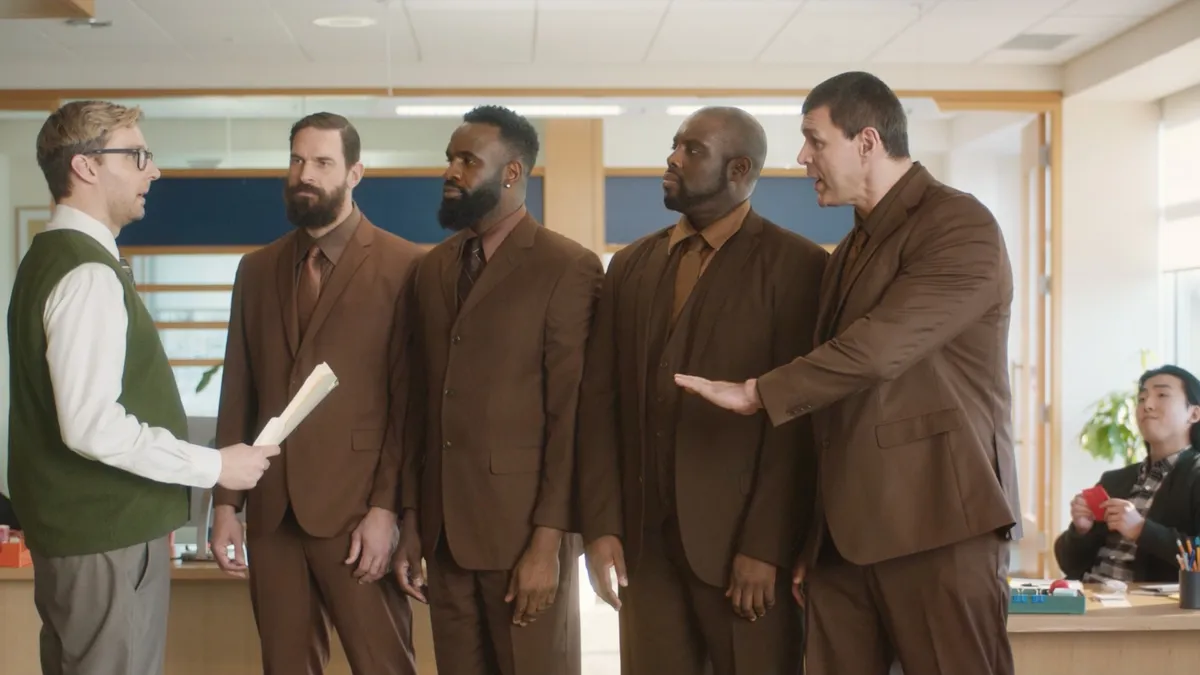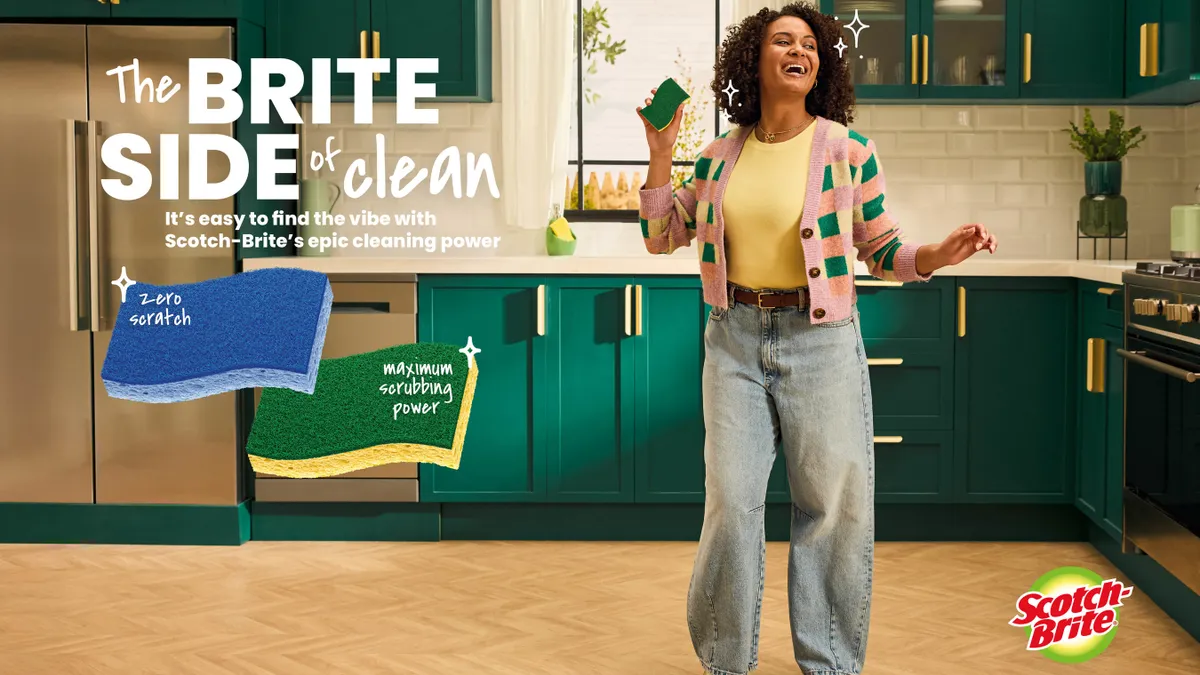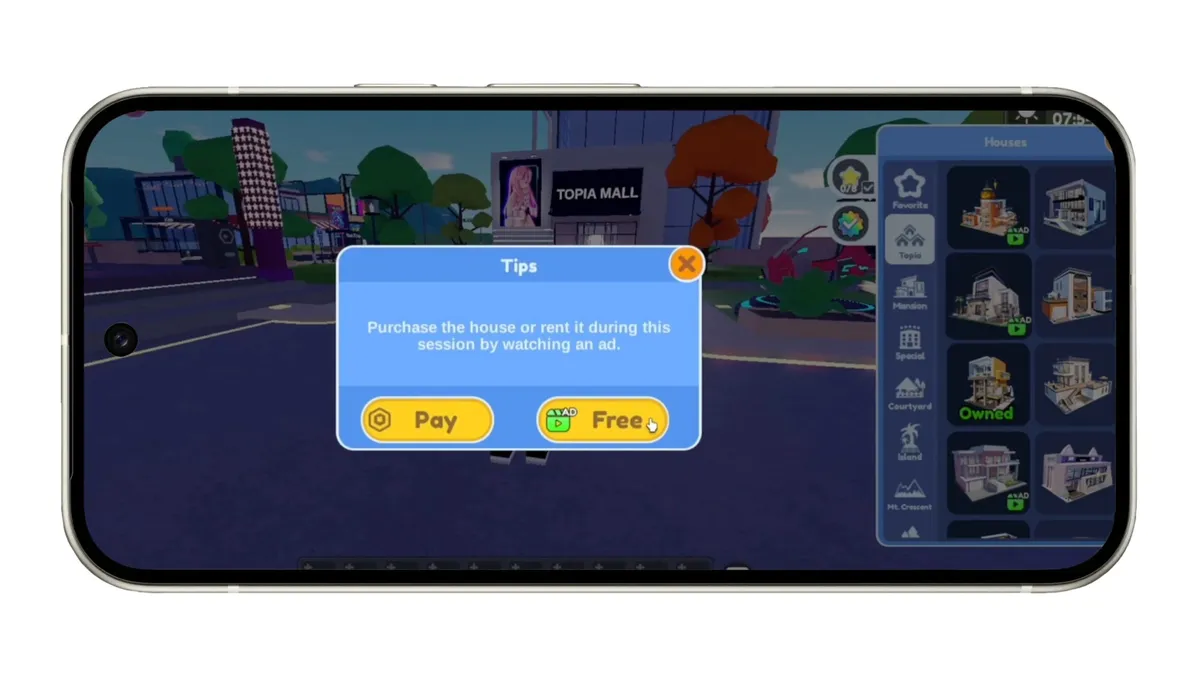Marketers have for years been grappling with the growing demands of digital technology and audience targeting while still tackling the creative duties that have historically defined the job. For the yogurt maker Chobani, an in-house strategy has helped both hone a brand vision and increase efficiency during the campaign production process, according to representatives speaking at the IAB's Digital Video Symposium in New York City earlier this month.
The brand's approach doesn't necessarily line-up with some of the going industry wisdom. Though taking duties like media buying in-house has become increasingly popular with brands looking to cut costs, in-house creative has been the subject of sharper scrutiny. The failure of Pepsi's protest-themed ad with Kendall Jenner from last April was partially pinned on an in-house creative team, to cite a notorious example, with critics suggesting an outside perspective would've stopped an ad widely deemed as tone-deaf dead.
But for Chobani, acknowledging that its brand has limitations is a key part of an otherwise largely in-house strategy that controls everything from national TV spots to menu designs at its handful of brick-and-mortar café locations. Working with third-parties like Alphonso TV and Tremor Video DSP has helped Chobani bring the technology piece of campaigns, like an ongoing one around its Flip line of snack products, to life and ensure its messaging reaches the right people at the right time.
"We definitely still leverage outside vendors when it's appropriate and when we know we need it. We're not flying too close to the sun and saying we know how to do everything," Eddie Revis, Chobani's senior director of marketing and brand development, said on a panel with Tremor Video DSP at the conference.
"For big moments like [the Flip campaign], there's an ease of being so passionate [...] and being able to move at the pace we need to move at that allows us to execute it in-house," he added.
Picking up the pace
One of the benefits of working in-house from a creative perspective is that it opens new possibilities for campaign testing while at the same time streamlining discussions about what is and isn't working for a given effort, according to Revis. Having creatives in the same room as audience development people allows Chobani to provide feedback in real-time and in a manner that's more organic than the traditional tag-in, tag-out approach to marketing, he said.
"It allows us to be so intentional in what we do and not precious about the work," the marketer added. "If something's not working, we're kicking it out — it's gone."
That breakneck, ruthless pace might be essential given the sheer volume of creative elements Chobani has to sort through. For the campaign around Flip, which includes TV, digital, display and more, the brand tested more than 100 versions of creative without using technologies like dynamic creative optimization. Beyond that, elements on each channel served different purposes, with TV showing off the product and digital extending the narrative and offering incentives like 50 cent-off coupons to drive sales.
"TV has limitations on targeting. I love a good 25 to 54 demo, but I'd like to be a little more specific than that," Revis said. "With this technology — through Alphonso and then working with Tremor — we are then able to refine who that audience is and refine who that person is with a little bit of insight and real-time thinking."
A reworking of the traditional marketing outlook has extended to areas like measurement as well, where Chobani is piloting a multi-touch attribution (MTA) model as opposed to the media-mix model (MMM) that's commonly used among packaged goods marketers.
“Your historical CPG might run an MMM every year, and you wait a year to see what happened and make some optimizations — people usually leave within that year, so you start all over again," Revis said.
"We have a lot of debates internally around the validity or the necessity for some of these third-party studies [...] but we're looking at that MTA product as our golden thread," he said.
Video's evolving role
Despite championing in-house's potential for increasing efficiency behind-the-scenes, Revis appeared cooler on emerging advertising formats focused on the same goals. Six-second video ads are taking off with brands, with the number of vendors running the format growing 300% compared to the same period last year, according to Q1 video advertising analysis from the firm Extreme Reach.
Revis acknowledged extra-short video ads can have their benefits, but he also suggested they're potentially not a good fit for every campaign.
"You really need to pay attention to your brand, the story you're trying to tell and what format is best for that. Overvaluing efficiency is a dangerous place to start to play," Revis said. "Yes, it works, but it depends on your objectives and your goals."
On video overall, however, the marketer remains bullish, especially as the medium continues to help tie together disparate marketing channels and connect audiences back to the brand. That includes bridging the gap between TV and video, as is the goal with the current Flip campaign, as well as newer frontiers.
"There are so many awesome distribution channels that are coming — there are so many ways to get a message out there," Revis said. "We're right now debating and having conversations around the whole idea of branded content, doing work with influencers or doing work with co-branding and co-marketing and that sort of world."























